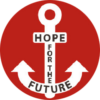When one thinks of human traffickers, a cliché image of a pimp often springs to mind. White, middle-aged male with thick gold chains. But what do we really know about the background and demographics of human traffickers and motives for exploiting other people?
QUESTIONS TOO RARELY ASKED
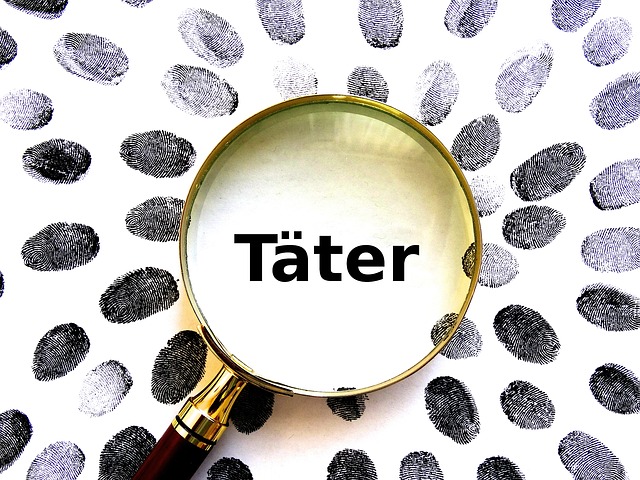
If you search online for a definition of human trafficking, you won’t find it quickly. The focus is usually on the criminal act of human trafficking itself – its different forms and the victims. Numerous governments have formed a plethora of “task forces” on how to tackle the crimes of modern slavery, sadly, not much is said about the perpetrators. For a worldwide problem, surprisingly little is known about human traffickers. Those who facilitate or participate in the exploitation of individuals. How do people come to commit these crimes? What are their respective roles in the networks and relationships with other criminals and victims? What is the modus operandi of a human trafficker?
The UN.GIFT Anti-Trafficking Initiative elaborates. Data and information on human trafficking will help identify and stop actual traffickers; facilitate prosecutions and prevent potential traffickers from becoming criminals. This underscores the importance of understanding the background and motives of these criminals.
“ALL THAT KNOWINGLY PARTAKE”
The International Organization for Migration, or IOM for short, explains: “Traffickers are anyone who knowingly contributes to human trafficking in order to exploit a victim; these include recruiters, intermediaries, transport companies, document forgers, corrupt officials and employers.”
A distinction is made between “exploiters” and so-called “enablers“. Both come from a broad spectrum of individual criminals, gangs, but also companies. Exploiters organize and profit from human trafficking. In doing so, they rely on enablers to run their businesses—both legal and illegal—who provide exploiters with the goods and services that make human trafficking possible and profitable.
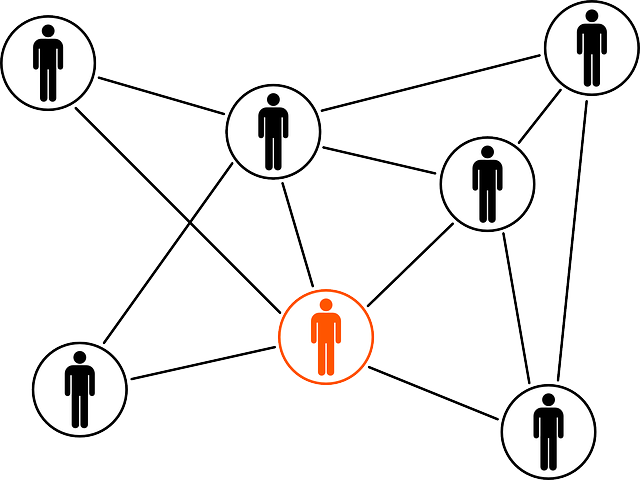
It is important to understand that human trafficking is not a single act, but is a process that involves multiple people. The Organization for Security and Co-operation in Europe (OSCE) describes this in three phases: recruitment/abduction, transport and exploitation.
Those who recruit but also abduct people often belong to the same ethnic group and speak the same language. They lure their victims with friendship and promises of a better life. Then transporters are necessary to bring the victims to the desired location. This can happen inside as well as outside the national borders. Documents are needed to make this possible. Professionals falsify these in order to assign new names to those affected. Sometimes the criminals are also assisted by corrupt officials in various law enforcement or government entities. Finally, the “employers”, the real exploiters, who usually provide inadequate living conditions and exploit the abducted people in different forms of forced or coercive labour.
THE PROFILES OF THE PERPETRATORS
The majority of human traffickers are male. However, compared to other organized crimes, human trafficking has a high proportion of female offenders. The EU Parliament has established that the rate of female human traffickers within the EU is up to 30%. A UNODC report suggests that the importance of trust between traffickers and victims may be part of the reason for the higher rate of female offenders in human trafficking than in other crimes.
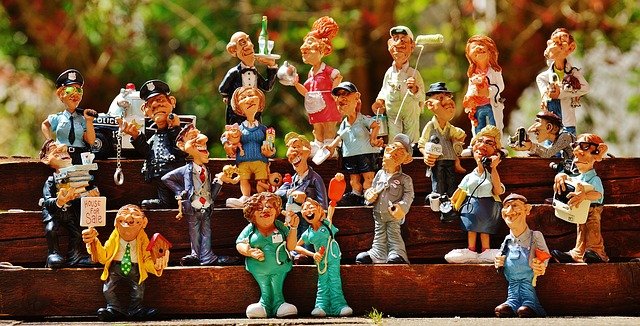
Unfortunately, female victims of human trafficking in particular can sometimes become human traffickers themselves. For some, this is the only thing they can do to make money. Others are forced by their exploiters to become human traffickers. In doing so, they want to make their victims complicit, so that criminal prosecution becomes more complicated.
The range of educational levels and social status of human traffickers is wide. While some have no schooling and are unemployed, others have university degrees. Traffickers are employed in a variety of professions, including law enforcement, medicine, law, and tourism. Their professional background enhances their ability to instil a sense of trust and credibility with their victims.
MOTIVES FOR ILLEGAL TRAFFICKING
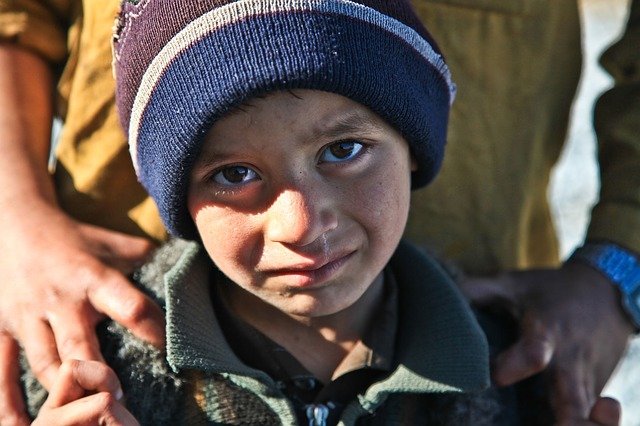
Human trafficking is the second largest criminal business in the world, earnig exploiters more than $150 billion a year. With the high odds of winning and relatively low risk of prosecution (as this is exceptionally difficult), the trafficking and exploitation of people has grown steadily. Human trafficking profits have more than tripled in the last decade alone.
On the other hand, poverty can also lead people to traffick their own family members. In South Asia, for example, the majority of human trafficking victims are recruited by familiy members. Cousins, sisters and daughters are the most frequently sold.
As long as the consequences of illegal trafficking are not increased and criminals are not held accountable, human trafficking will remain a lucrative business for exploiters and enablers thanks to the constant demand for cheap labor and the sex industry.
